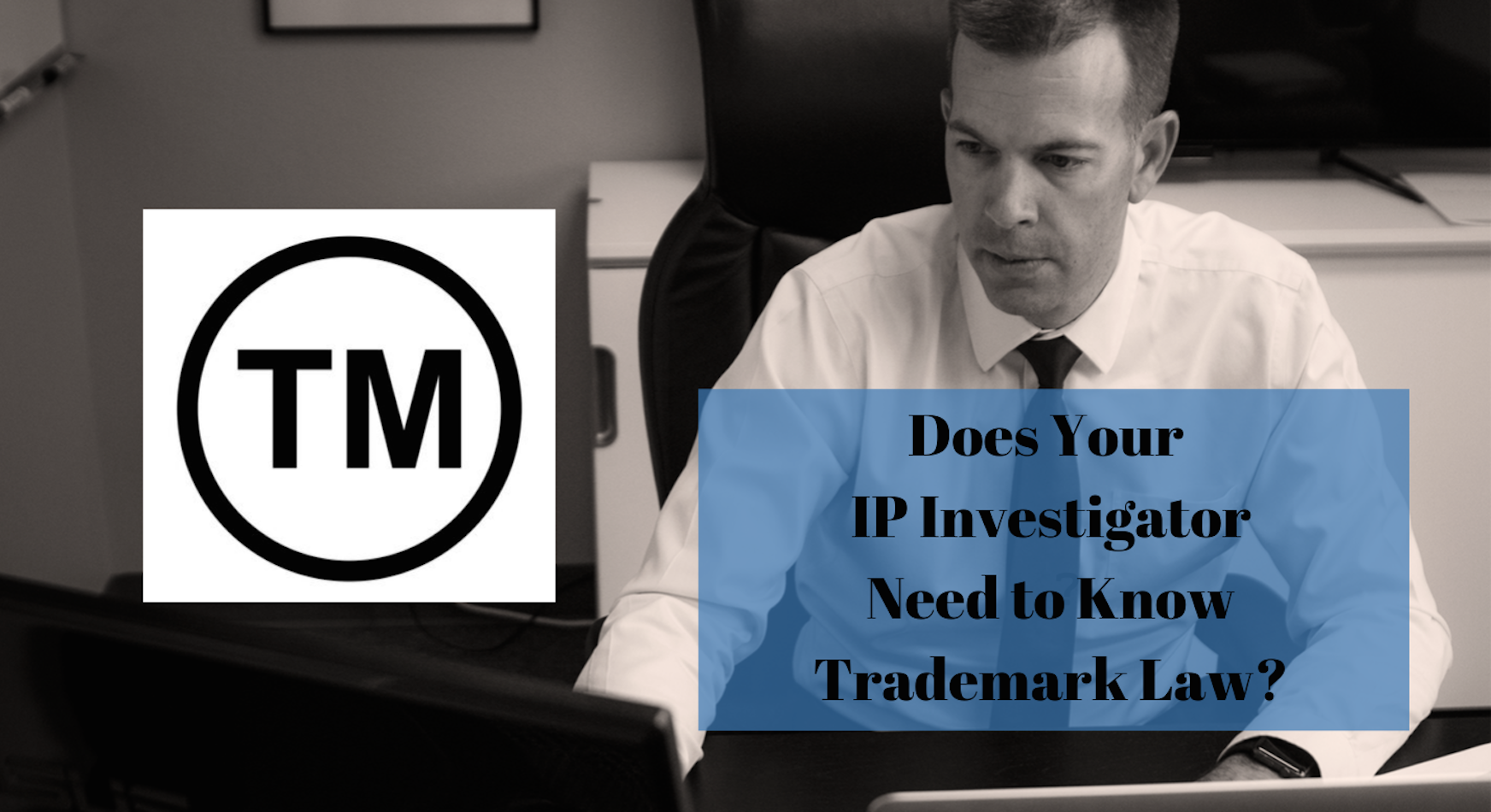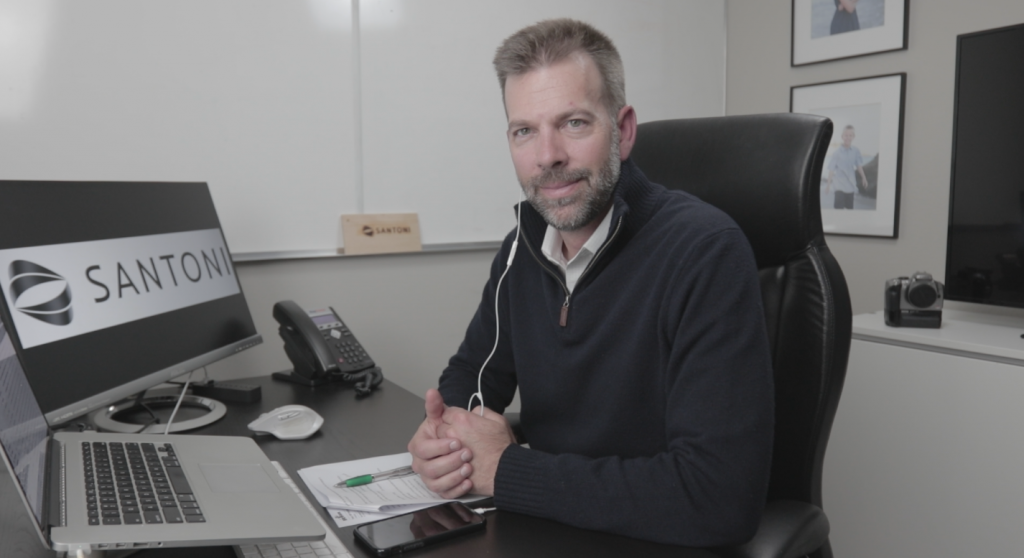
The following article by Santoni President/CEO Tim Santoni was published in Pursuit Magazine – October 24, 2019
At the low point of the last economic downturn, I was stuck in a terrible slump. I needed to bring in more clients, but I didn’t know where to begin. The thought of cold calling people sounded awful to me. I needed to get creative — fast.
Long story short, my investigative consulting and background screening company survived, and is now thriving, thanks to the time and effort I put into establishing my reputation and building a stronger client base. Below, I’ll outline some strategies that worked for me.
Networking
The quickest way to grow your network is to join a networking group. As a private investigator, you’ll want to meet attorneys, CPAs, insurance brokers, business brokers, and other service providers who work with businesses. This means you need to join a networking group that attracts people in these lines of work.
Before you join your local Chamber of Commerce or BNI group, ask to visit and get a list of members. Every networking group is different, and you need to assess each one individually. Joining a group that consists of chiropractors and jewelers won’t do you much good.
If you want to build relationships with professionals who might refer clients to you one day, you need to learn all about your networking group and get to know its members well. Once you understand what a person does, what their ideal client looks like, and what makes them tick, you can make solid referrals. Sending business to your new contacts is a great way to build trust; before you can expect to receive referrals, you first must make referrals to people in your network. That kind of trust-building does not happen fast, but it’s worth the investment.
Some professional networking groups to explore in your area might include:
Beyond these networking groups, you should also become active in your industry associations. For private investigators, process servers and security professionals, there are lots of these organizations to choose from. Another good strategy is to join an organization where you’re the only one of your kind in the room. For instance, if you join the Sheet Metal Fabricators Association, you’ll get a lot more attention because you are different. Businesses in a group like this could use you for internal/external theft, competitive intelligence, workers’ comp claims investigations, and background checks, just for starters.
Success Story
As I mentioned in the intro, the recession had sent my firm into a financial tailspin; I needed new clients and wasn’t sure how to find them. I reached out to other people in industries that sell services to law firms. I spoke to one provider in the computer forensics field, and he mentioned a networking group that he held in high regard.
I checked out this group and ended up joining. In the first year, I brought on several new clients. That new revenue paid for my membership within a couple of months. As I ramped up in this networking group, I asked people who were getting lots of referrals what the secret was.
What they told me seemed so simple: Attend meetings regularly, be active, and offer to participate in executive committees and panels. Connect with your best referral sources, and refer out as much as you can. In other words, engage.
I am now entering my eighth year with this group, and I continue to get extreme value from it.
LinkedIn
If you want to grow your professional network and you only want to pick one social media site, LinkedIn is where you should go. LinkedIn is one of the fastest-growing professional networking sites. To get started on LinkedIn, you just need to create your profile and start interacting.
Just as you would in a face-to-face networking event, you have to engage with professionals on the platform. The first step is to connect with your friends, clients and former colleagues. Then look for ways to make introductions, comment on member posts, and write and share articles. When I say engaged, I mean that you visit the site at least once a day, but eventually move to three to five visits per day. The LinkedIn app is very easy to use and lets you get a snapshot of what’s going on in just a few seconds. Look for requests to connect, direct messages, and activity by your network and/or groups.
Many people in my circles say that LinkedIn doesn’t work. When I hear this, I ask what they are doing on the platform and what they are looking for. Many times, I think the reason that LinkedIn doesn’t work for people is that they aren’t actually out there talking to people on the platform. It’s like joining a networking group but not attending the meetings, and then saying that you didn’t get any new business, so the group is no good.
LinkedIn is also a great account management tool for investigation companies that don’t have sales teams. If you’re connected with all of your clients, LinkedIn will alert you when they move firms or change jobs. This is a great opportunity to reach out and congratulate them on their new position and make sure they have your contact information ready for when they next need your services.
Success Story
It’ll take time to grow your connections and influence on LinkedIn. Don’t expect to be rewarded with new business in a week or a month. But by following the strategy I outlined above, I’ve grown my LinkedIn network to over 4,000 connections, and I’m in the top one percent of my industry. I’m recognized by people I don’t know at industry events, and I get lots of LinkedIn messages from people needing my services. But my biggest coup was when a trusted advisor of mine chimed in on a request made by a company in need of my services. The posting on that thread was social proof that I had the skills the potential client needed, and it was a signal to everyone else to keep my name and company top of mind.
Public Speaking
If speaking before large audiences doesn’t scare you, then go forth, create a few great presentations, and start reaching out. But even if you’re an introvert with stage fright, I promise that you’ll get better with practice.
Speaking is a great way to build your brand and grow your client base. Finding opportunities to speak demands a little strategizing. Develop a list of organizations that regularly need speakers, and start reaching out. Tell your friends, family, and clients that you’re looking for speaking engagements. Include your speaking offering in your monthly client email newsletter as well.
Success Story
A close family friend of mine is the managing partner at a large insurance defense law firm. I’ve reached out to him many times to set up a meeting and show him how my company can help him, his staff, and his clients. Time after time, he has rebuffed my overtures.
Recently, I spoke at a legal networking group about investigative techniques and social media investigations. I arrived at the event, and who did I bump into: that family friend who runs the insurance defense firm. After my presentation, I spoke with him again, and he agreed to give our firm a shot.
Email Marketing
As private investigators, the only real assets we have are our clients. You should be adding to and updating your client list on a daily basis. There are many free and inexpensive tools (CRM’s) that work well. Many of them integrate with email marketing providers.
While email open rates aren’t necessarily on the rise, your email list is the only reliable, direct way to send information to your clients. Start with a monthly newsletter. Don’t stuff it with your services and pricing. Offer information about the industry, highlight your clients, share case stories, and add value.
In your email marketing campaigns, use a professional service like MailChimp or Constant Contact. Don’t send mass email from your Outlook or Gmail. If your contact list is small, you can use these services for free; many of them offer a contact management system as well.
One bonus tip about email marketing: Look at the reports — especially the automatic return messages from the client’s former firm that say, “Mr. Attorney, Esquire is no longer with the firm…” This allows you to track down that client on LinkedIn or via the state bar site, connect with them at their new firm, and update their contact information.
In order to be perceived as an expert by your audience, you need to create content that illustrates your expertise. Keep telling stories that convey the types of work you handle and the success stories. Use social media channels, preferably LinkedIn, to distribute the content. Good content is king, and I would add that consistent content is equally important.
Search Engine Optimization (SEO)
Every entrepreneur thinks they know something about SEO, but few actually do. When I ask people what they are doing as part of the SEO campaign, I get all sorts of answers.
Let’s begin with a definition: SEO is a combination of digital marketing practices that elevate your website so that people can easily find it by searching via Google & Bing. SEO is a highly technical form of virtual sorcery that requires lots of study and constant troubleshooting; the search algorithms and best practices are constantly changing, and it takes time and effort to keep up with these changes. That’s why it’s in your interest to outsource SEO to a professional.
I’ve worked with several SEO companies over the last 10-plus years, and I can tell you that that for me, it makes sense to work with a company that understands B2B sales. If you’re targeting consumers, almost any SEO company can assist, as they see things more in a B2C setting and understand how to sell products. B2B is more specialized and demands different strategies.
Pay Per Click (PPC)
Paid ads can be valuable if you’re looking to attract consumers, because you can craft ads with specific copy that drives people to a certain service. For example, if you offer infidelity surveillance to consumers in a certain county or zip code, you can show the ad to people in that area. The other benefit is that you can use a tracking phone number for these leads and also send them to a dedicated landing page. This is different than organic search traffic that you get through search and SEO, as those people will land on the home page or the page that Google serves up in search.
In order for paid ads to work, you need to have solid ads for services that you know make you money, and you need to manage the ad spend carefully. You can easily blow through $500 – $1000 in a month without getting a single targeted lead if you don’t have a solid strategy and tracking in place.
Conclusions
In short, I don’t know of any marketing strategies that definitively don’t work. What I can tell you from experience is that some strategies take more time, resources, and management to get results.
I would caution you to not listen to competitors or friends or mimic what they do; what works for one Private Investigator business most likely won’t work for another. Instead, I recommend that you invest in a solid website (I prefer a WordPress-based site) that you can update and edit easily as your business evolves. Then start sharing information in whatever form you prefer: blog posts, short videos, infographics, white papers, images.
Schedule your content regularly; do not stop producing content. Use the channels you have in place to distribute what you create (LinkedIn, YouTube, Medium, your blog, Facebook, Instagram, Twitter). Once you’ve been doing it consistently for six months to a year, you’ll start to see results. And then you can begin to test other marketing strategies.









 Our partner I-OnAsia recently posted an article about a success story with regard to
Our partner I-OnAsia recently posted an article about a success story with regard to